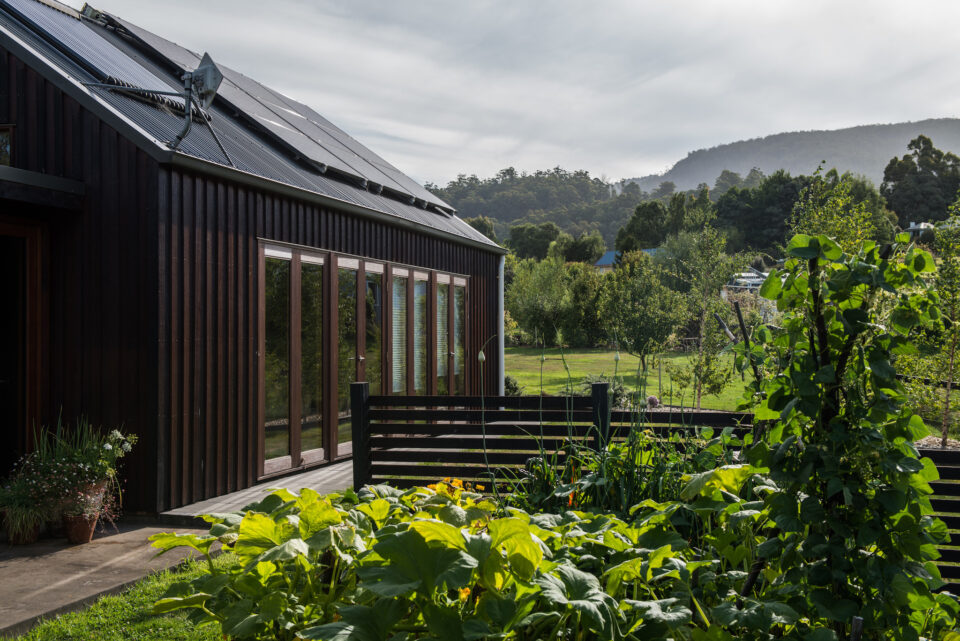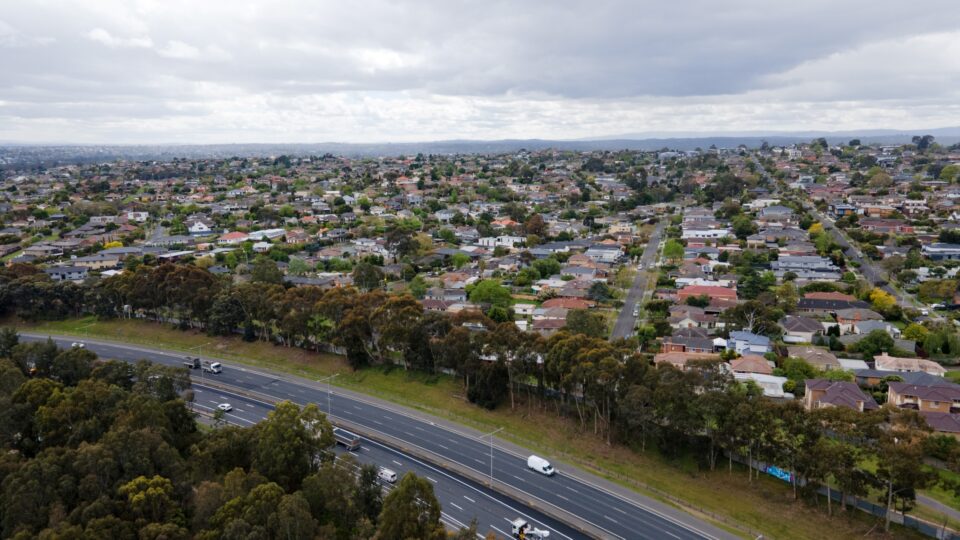As a new resident in Milton Keynes, I’ve brought along my decades-long curiosity about how people live day to day and how they organise themselves in different places and cultures to meet needs for food and shelter. Since neither can be guaranteed for all people anywhere in a world of deepening inequality, designers committed to ecological and social justice face no lack of challenge. By way of introducing myself as a designer working with regenerative practices for resilience – with particular interests in food and housing – this post makes a few whistle-stops along my journey to date. Given the vast shortfall in meeting needs for food and shelter at the same time we’re overshooting planetary limits, I also probe how we can design ‘home’ as something more distributed and reciprocal, and how those of us with homes and productive land might respond if we commit to being planetary health citizens.
I’ve been fortunate through travel and work to experience many forms of shelter from temporary and improvised structures, charity-run co-housing through to bankers’ chalets and island villas. During a major economic downturn in the early 1990s I became an accidental design ethnographer well before I’d met the field of anthropology and its research traditions. Unable to practice as a designer for lack of graduate jobs, I sustained myself as a cook and carer journeying from the UK, across Europe, on to Canada and eventually home to Australia. This eventful phase was my second and more enduring design education.
The house that feeds
Fast forward to a winter’s afternoon in 2013 in lutruwita / Tasmania. A group of women committed to living sustainably and producing food at home is intently re-designing their homes in the ‘the house that feeds’ – the living lab I designed and co-built to experiment long-term with ecological living. The low-budget house was designed as a system for producing, harvesting and storing food; cycling energy, water and nutrients; and constructed on the principle of ‘enoughness’ from local, renewable materials as far as possible. Through community hosting I angled for the little house to help persuade visitors they could live well on a small footprint, producing food while increasing their regenerative capacity even on small plots of land. (I acknowledge that this house and the vast majority of housing in Australia is built on the Country of First Nations people for which sovereignty was never ceded i.e. stolen land.) Each time this land is now impacted by large-scale floods and fires, more of the housing stock is lost and more homes become uninsurable. As I write, the eastern seaboard of Australia and the UK are experiencing major flooding and storm impacts such that more people are joining the swelling numbers of people seeking a home, irrespective of tenure and location.

From homes to assets
During the early phases of designing for resilience with the house that feeds, I held onto the view that we (humanity) were on a trajectory toward better and fairer living conditions, greater food security and cooperating more as our interdependence grew in the face of global heating and ecological collapse. Instead, competition and conflict are undermining cooperation. While food has long been commodified and globally corporatised with disastrous land use, waterway and food sovereignty impacts, I didn’t foresee housing also being captured to become the most valuable asset on Earth – worth three times more than global GDP (Farha et al., 2022). This rapid financialisation of housing is also disastrous for our ability to leverage housing design and retrofitting as a positive agent for planetary health. With her co-authors, Leilani Farha, former UN Special Rapporteur for the Right to Housing and Global Director of Make the Shift, outlines the new power dynamic:
“In financialized housing markets, those who make decisions about housing, such as about its use, cost, location, or likelihood of being demolished, often do so from boardrooms and have little engagement with, or accountability to, the communities in which their “assets” are located. Many residential rental properties are now owned indirectly by investors who have no connection to those properties.” (Farha et al., 2022, 1)
Financialised housing, disconnected from inhabitants is a ripple-effect tragedy – directly for the under-housed and the many locked into poverty and extorted by their housing costs – and for us all because it compounds the likelihood of already likely negative tipping points in the biosphere, geopolitically and socially. As a household that still has relative agency over our housing, to make decisions and act, we see ourselves as having a systemic responsibility. In this, I’m still inspired by two urban designers I met in New York in 2012 who were on a mission to set in motion “the ecological restoration of the suburbs”, including housing and food justice. In the Australian context, David Holmgren offers a permaculture-led toolset in Retrofitting Suburbia: A Downshifter’s Guide to a Resilient Future across three fields of action: the built, the ecological and the behavioural (Holmgren, 2018). These fields will intersect differently in different places, but in Australia (as in other large land mass British colonies) there are swathes of suburbs with low density housing that have huge latent potential for retrofitting with design strategies that integrally address housing supply, food security, biodiversity, urban heat mitigation, renewable energy, active transport and social support infrastructures.

Re-designing home: distributed and reciprocal?
With governments in most jurisdictions retreating from direct housing provision, and even profit-seeking volume builders unable to meet demand for homes, the possibility space for designing food and shelter in regenerative ways has been changing shape. The signals – from community responses and organising on the ground – have been getting stronger as the unmet needs of people balloon. Close to view, we can pay attention to diverse responses in our local social-ecological systems to inform what regenerative design advocates Sarah Ichioka and Michael Pawlyn (2021) describe as “possibilist” mindsets (with credit to the late Hans Rosling, co-founder of Gapminder). “Possibilism” as a design mindset involves evidence-gathering, designing for uncertainty and agency expansion (Ichioka & Pawlyn, 2021, 24). I’ve been speculating what potential this might offer for unmet housing needs at home in Tasmania, as well as better understanding the worsening UK context.
In first looking at some acute responses to the growing tent settlements in towns and cities and car-based living, I’m not suggesting this should in any way become an acceptable alternative to adequate housing (nor so in poorer countries and regions where the scale of need is of a vastly higher order). In bringing services to unhoused people, there is nonetheless considerable improvisation and design activity going on as vehicles are repurposed into mobile amenities, kitchens, tech charging stations and safe sleeping spaces, and community members organise to help, offer healthcare, share produce, clothes and books. Fixed infrastructure, such as the network of community houses in Tasmania and partnering school kitchen gardens, are also re-designing themselves as key service nodes providing non-judgmental support and the facilities of a proxy home. There are direct and indirect design opportunities to strengthen these networks and connect people with temporary and longer term housing options, coupled with food production.
In the suburban housing context, partly catalysed by the tiny house movement, councils are easing controls on secondary dwellings on existing plots (akin to annexes in the UK) and retrofits of too-large homes into flexible, multi-generation or non-traditional co-housing. These strategies could be ratcheted up with incentives to include renewable energy, water catchment, biodiversity and food crops integral to retrofits. There should also be incentives, via tax levers for example, to ensure none of these multipliers of existing housing (by those of sufficient means) default to the open rental or short-stay accommodation markets. There is opportunity to complement this with co-design platforms for robust in-kind agreements of reciprocal care, especially with ageing demographics in many places. At the house that feeds, for example, we’ve sketched out scenarios whereby we anticipate one of us surviving the other and converting the carport into a studio for relocation, making the house available to younger people. They could choose to save for or build their own housing while providing an agreed level of care to both homeowner and the system’s food production and biodiversity. Finding ways through design for the house that feeds to keep feeding is possibilist thinking.
Without even touching on the significance of home and place to people, or the evidenced benefits to society and ecosystems that flow from people being securely housed, there are clearly new cross-scale system strategies urgently needed. While my ideas are not radically new, they’re derived from the particulars of place where experimenting directly with community feeds into our collective resilience and capacity to care for others (including the ‘climate refugees’ migrating to Tasmania from the mainland). Regenerative design strategies that engage closely with place and culture in specific bioregions and possibilist thinking that seeks to activate, multiply and amplify existing community infrastructure are essential design tools if we’re to fairly share food and shelter while living with our destabilised Earthly home.
References
Farha, Leilani, Freeman, Sam & Gabarre de Sus, Manuel. June, 2022. The Shift Directives: From Financialized to Human-rights Based Housing. Accessed December 24, 2023: https://make-the-shift.org/wp-content/uploads/2022/12/Directives-Updated-Dec-9.pdf
Holmgren, David. 2018. RetroSuburbia: the downshifter’s guide to a resilient future. Hepburn, Vic.: Melliodora.
Ichioka, Sarah & Pawlyn, Michael, 2021. Flourish: design paradigms for our planetary emergency. Axminster: Triarchy.

Leave a Reply